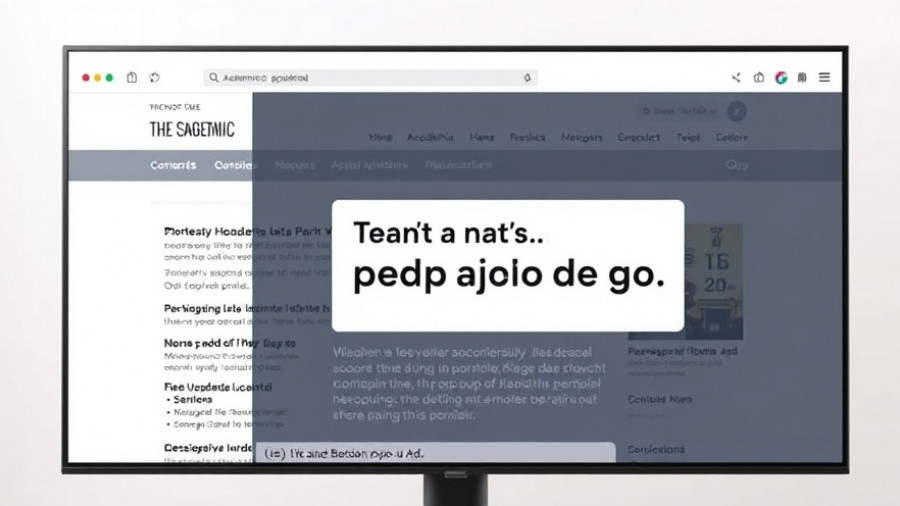
Microsoft's Ambitious AI Plans: Training In-house Models
Microsoft AI has taken its first steps in crafting its own in-house models, marking the beginning of an ambitious journey that aims to rival top players like Meta, Google, and xAI. With AI's role in software and productivity tools becoming more significant, this investment reflects Microsoft's commitment to innovation in the field.
A New Era for Microsoft AI
During a recent internal town hall, AI chief Mustafa Suleyman revealed significant details about Microsoft's plans. The company is investing heavily in the computational capacity necessary for creating advanced AI models that can operate independently from its collaborator, OpenAI. Suleyman stated, "We should have the capacity to build world-class frontier models in-house of all sizes," emphasizing the need for a pragmatic approach—using other models when necessary.
The model that initiated this plan was MAI-1-preview, which was trained on a limited cluster of 15,000 H100s. Looking forward, Microsoft aims to expand this capacity dramatically, potentially involving clusters "six to ten times larger" to enhance its AI's capabilities.
The Role of AI in Microsoft's Future Products
CEO Satya Nadella echoed these ambitions, expressing the company's desire to build more model-driven products. He pointed to GitHub Copilot as a prime example of integrating various AI models into their offerings. This model has proven exceptional, assisting users in coding tasks seamlessly, showcasing the possibilities when combining technological expertise with user needs.
Moreover, insights from other AI models are being woven into Microsoft's applications. Reports indicate that Microsoft is planning to incorporate Anthropic’s AI models into the upcoming Microsoft 365 Copilot, further enhancing its functionalities. Some of these models have shown superior performance in tasks like Excel operations compared to OpenAI's offerings, suggesting an exciting competition within the AI landscape.
The Growing Importance of Tailored AI Solutions
This move towards in-house training highlights a broader trend in the tech industry: the importance of tailored AI solutions. Businesses are recognizing that off-the-shelf models might not meet their unique needs. By developing proprietary models, companies can create more effective and customized solutions that resonate with their users and align seamlessly with their overall business strategies.
Counterarguments: The Risks of an In-house Approach
While many see the potential benefits of this strategy, some experts warn against fully abandoning partnerships with established model providers. The AI field is rapidly evolving, and models created in-house may lack the proficiency developed from years of research and collaboration that firms like OpenAI and Anthropic have invested in.
Furthermore, training sophisticated AI models requires not only substantial financial resources but also highly skilled personnel. As Microsoft expands its in-house efforts, it must balance resources to ensure that it doesn't overextend itself and retain high-quality outcomes.
Future Predictions: How This Shapes the AI Landscape
The implications of Microsoft’s investments in AI training are vast. As they hone their capabilities, we can expect a surge in innovative AI products that could influence the market significantly. This investment not only positions Microsoft to craft unique applications but may also lead to more competitive pricing structures and improved functionalities within the AI sector, benefiting a broader range of consumers and enterprises alike.
Conclusion: Staying Informed About AI Trends
As Microsoft embarks on this new venture into in-house AI model training, staying informed about the latest trends and innovations in AI is critical for businesses and tech enthusiasts alike. Understanding how these developments will shape the future could provide actionable insights for leveraging AI's potential across various industries.
 Add Row
Add Row  Add
Add 




Write A Comment